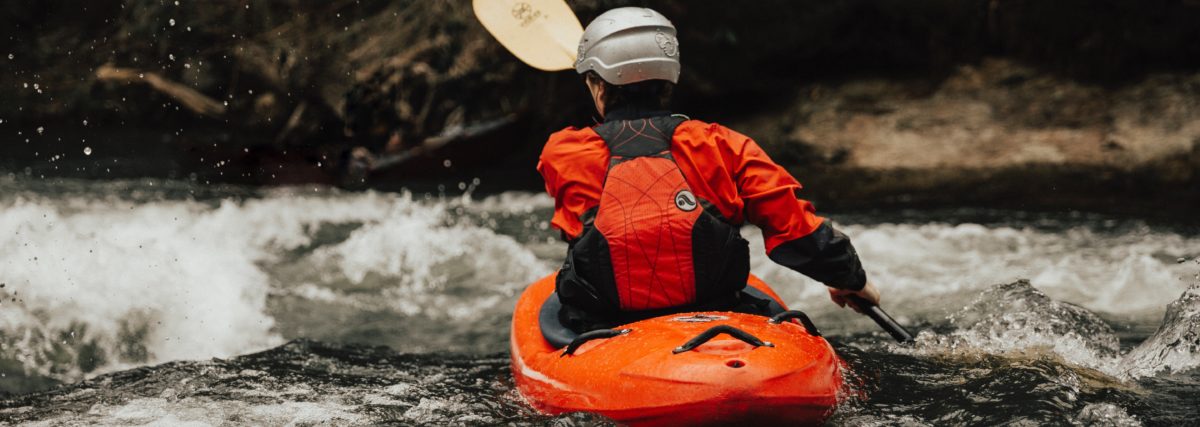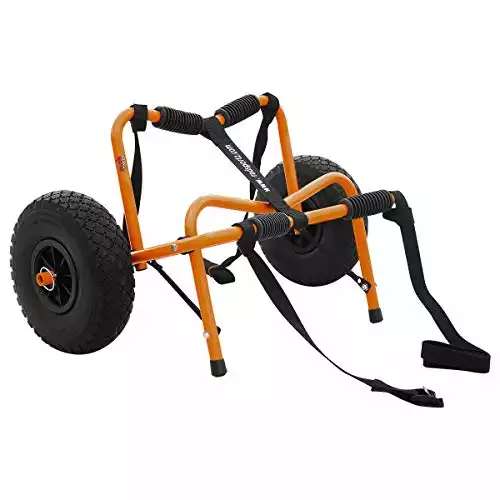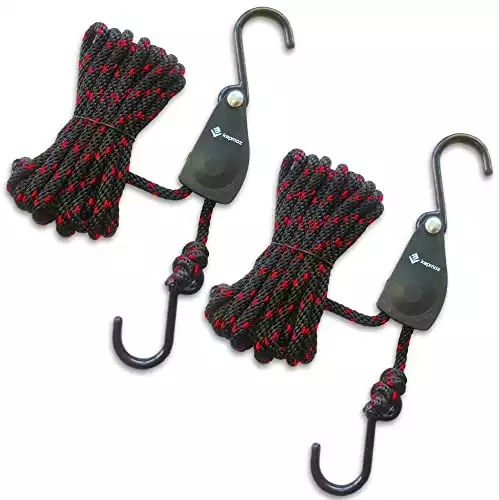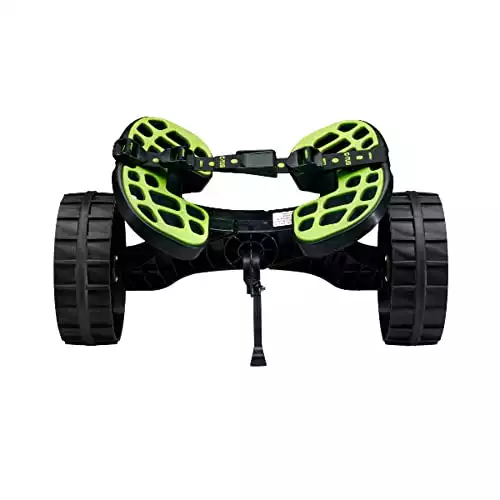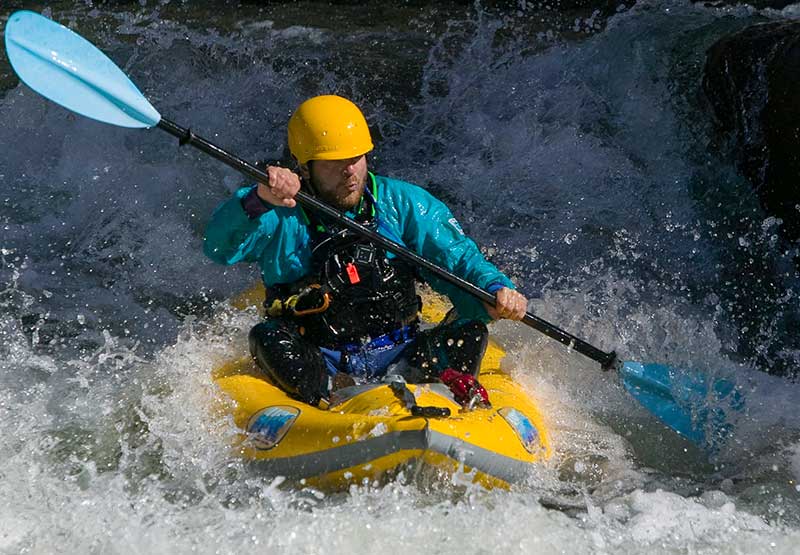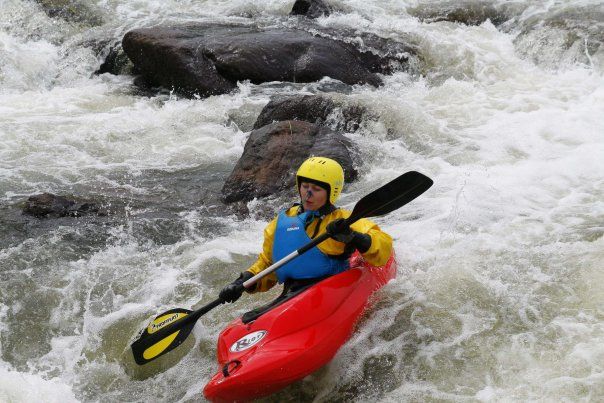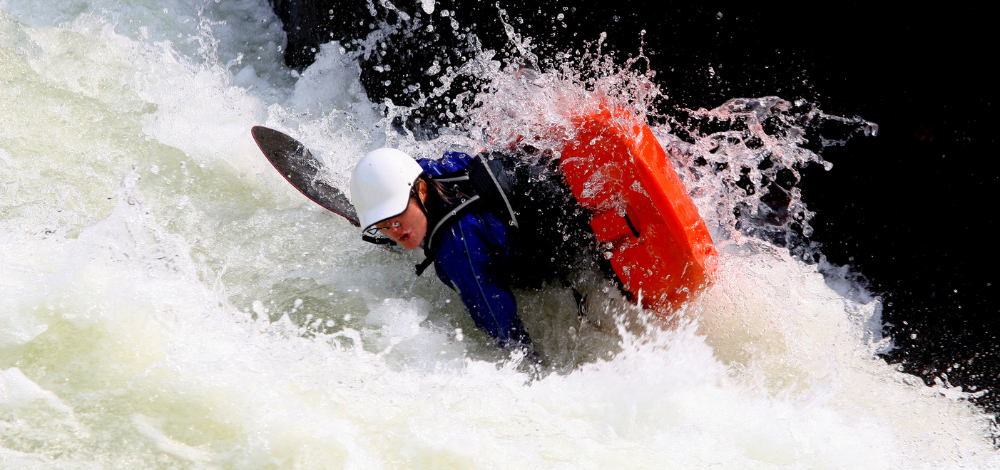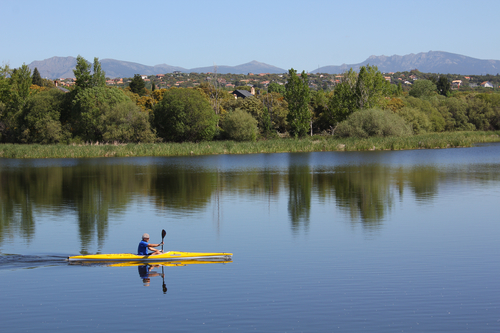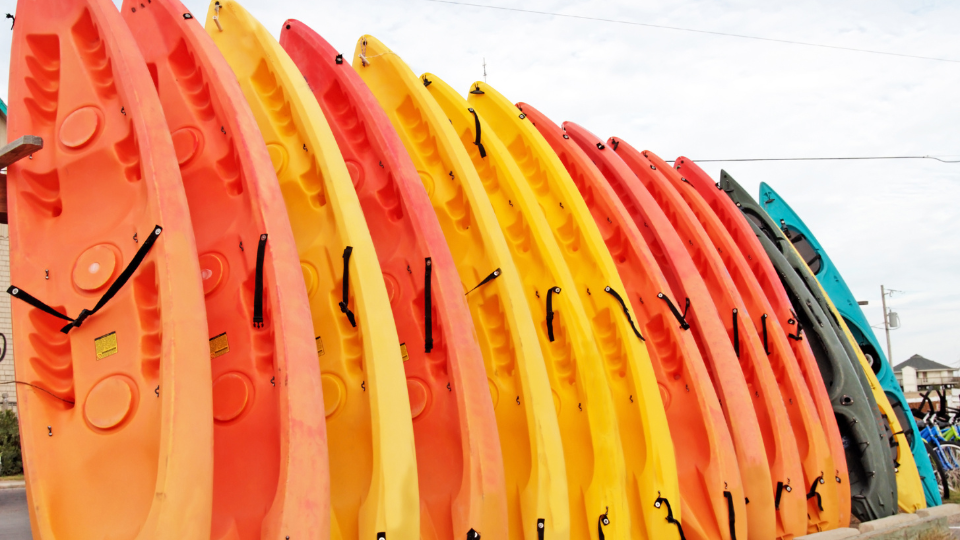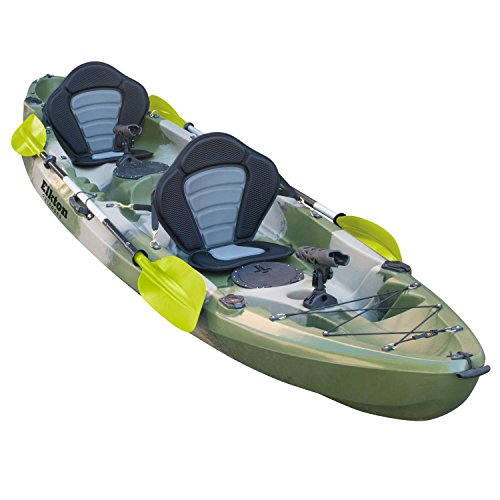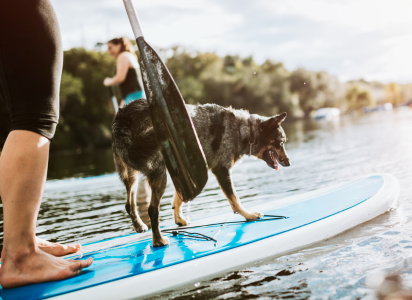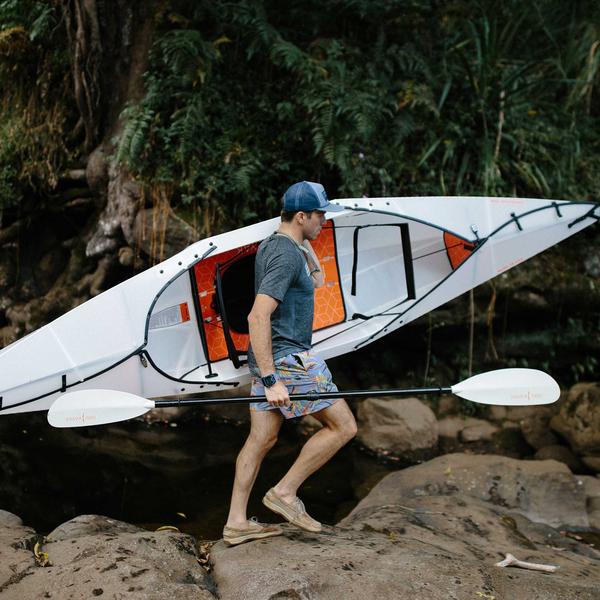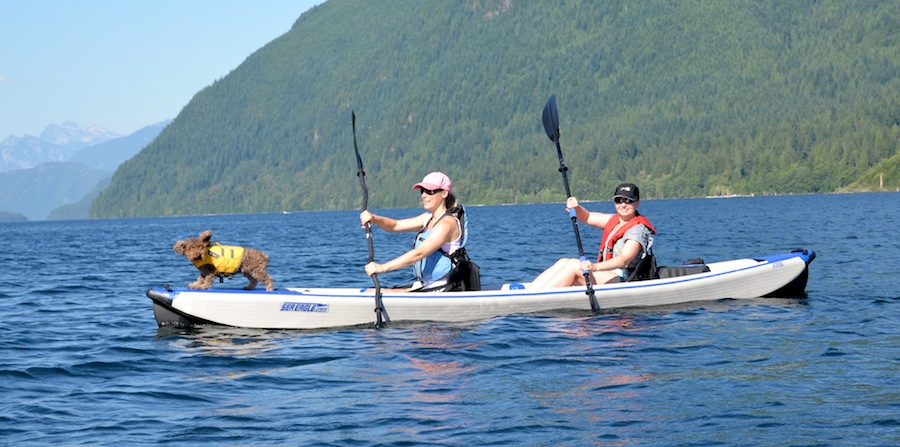Portaging a kayak is the act of carrying it from point A to point B and if you’re not well-prepared, sometimes, it’s not fun to do this. It could be as simple as carrying your boat from your car to the water or allowing you to explore new areas by carrying it further or between two bodies of water.
While portaging can be physically demanding and time consuming, with practice and proper technique, it can become second nature. I’m going to give you some advice on how to make portaging easier so that you can enjoy more of what paddling has to offer.
What Supplies And Equipment Should You Take When Planning To Portage?
When portaging a kayak, it is important to be prepared with the right gear and supplies. Before setting out on your journey, make sure you have the basics, at the very least so you don’t have a lot to carry.
The basics should include a life jacket, your phone, some sunscreen, snacks and water, a first aid kit, dry bags for keeping essentials dry and safe from the rain or water splashes, and a whistle to alert others in the immediate vicinity if you’re in danger.
Keep it as light as you possibly can since you’ll also be carrying your kayak.
How To Properly Lift And Carry Your Kayak
Before lifting and carrying your kayak, it is important to ensure that you have the right equipment and know how to use it safely. Always make sure to wear protective gear for your feet and hands, including non-slip shoes and gloves.
Be aware of your posture while lifting as this can reduce the risk of injury. My cousin hurt his back lifting something once because he didn’t lift with his legs.
You should keep your back straight and bend at the knees as you lift your kayak up off of the ground. If possible, try to get help if you’re lifting a heavier kayak. This will allow you to balance the weight more evenly between two people.
If there are handles on either side of the kayak that are meant for carrying, make sure to use them for stability when transporting the boat. Make sure you take breaks when needed to avoid fatigue and injuries. Never drag your kayak if you’re alone because you could damage the bottom, but if you know ahead of time that you’ll have to, you should install a skid plate first.
Remove extra equipment and empty out any water that might have gotten into the kayak because this will make the boat heavier to carry. Taking these safety precautions can help reduce injuries caused by improper techniques.
Why Would You Need To Portage Your Kayak?
As I mentioned above, it can be as simple as carrying your kayak from your car or truck over to the water or for even simpler reasons. You may have to carry your kayak on land to avoid a low-head dam or maybe you’ll be on one lake and will want to transfer to another lake.
Or perhaps you could find yourself spotting dangerous debris or rocks in the river ahead and you need to carry your kayak past that point to continue. You might be annoyed at the crowds at one spot and want to find a more peaceful area. These are just a few examples of why you’d have to portage your kayak.
What Type Of Kayak Is Best For Portaging?
When it comes to choosing the right kayak for portaging, there are several factors to consider. For starters, selecting a lightweight kayak would be ideal.
Look for models made with materials such as carbon fiber or Kevlar, which have a higher strength-to-weight ratio than traditional plastic kayaks.
Pay attention to the length of the kayak; shorter models are typically easier to maneuver while portaging over land but longer kayaks can provide better tracking and stability on open water.
I use an inflatable kayak when I’m going to the lake because it’s super easy to carry and I’m alone most of the time. I’ve also used folding kayaks which have a strap you can use to carry them with.
Having a kayak with built-in handles can make portaging a lot easier also, especially when you’re with someone else. They come in a variety of shapes and sizes allowing for maximum comfort and convenience when portaging.
Some are designed with an ergonomic grip which makes them easier on the hands than traditional T-handles.
Do Your Research About The Route You’ll Be Taking
When portaging a kayak, it is important to become familiar with the route you are taking before you start. A good way to do this is to scout the area either on foot or from a kayak. I’ve gotten myself into unexpected situations and portaging a kayak wasn’t fun by any means!
Scouting the area will allow you to become familiar with the obstacles and challenges that lie ahead such as rapids, logs and rocks, and areas where water levels might be too low or high. It also helps you to plan your route more effectively and choose the best way to carry your kayak around them.
When scouting the area for portaging, look out for any changes in the terrain; even slight deviations can have an impact on how you approach each section of the route.
Breaks are essential if you’re portaging your kayak a nice distance. Be sure to note potential places you could stop for rest and take in some spectacular views along the way.
Check out sources such as historical records or maps of the area which can provide helpful hints about navigating difficult sections of land or water, avoiding nearby hazards.
Finally, always give yourself plenty of time when portaging so that you don’t rush through sections which require more attention. I’m extra careful and take my time because, well, why rush when I have the whole day?
Final Thoughts
Portaging a kayak is a must for kayakers who love discovering new areas or who must get around obstacles in the water. It can help you explore new waterways, access hidden gems and have more meaningful experiences on the water.
With practice and preparation, portaging your boat will become second nature and open up endless possibilities to enjoy all that our aquatic resources have to offer. Don’t forget to always use good safety practices when lifting or carrying your boat, as well as keeping track of any gear stored in it while you are moving around on land.
Before I end this, I’d like to say that if you absolutely can’t carry a kayak and want to explore different areas, you could always use a kayak cart. You can just roll it along with you with the help of a handle, providing that the path allows for this and it’s not unstable terrain.
